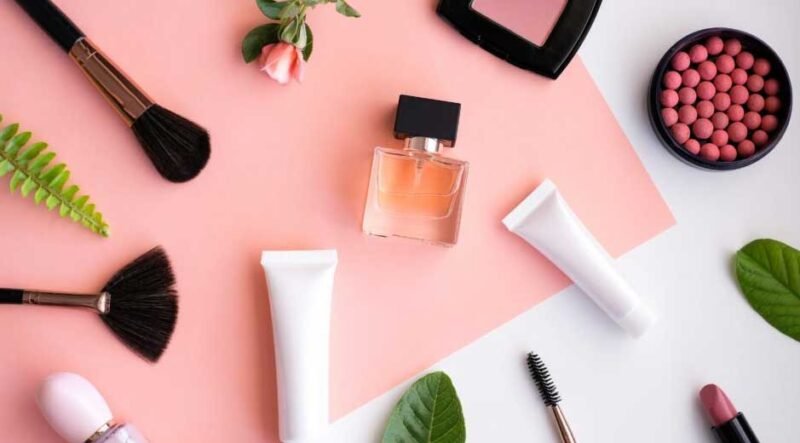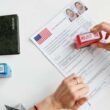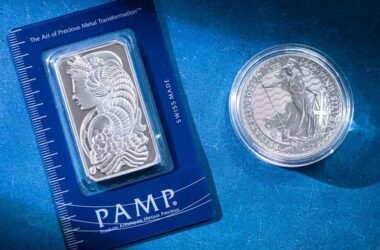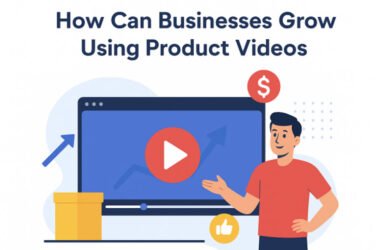Launching a cosmetics brand is exciting but challenging. It’s not just about beautiful packaging or novel formulas — success depends on planning, compliance, quality, and clear brand identity. Whether you aim to sell skincare, makeup, hair care, or niche products, this step-by-step guide walks you through the foundational steps to build a sustainable, compliant, and trustworthy cosmetics company.
1. Identify Your Niche and Target Market
Before formulating your first product, you must decide who you will serve and why your brand adds value. Questions to consider:
- Will you focus on skincare, color cosmetics, hair care, or body care?
- Do you want a “clean,” organic, vegan, cruelty-free, or dermatologically backed angle?
- What skin types, age groups, or concerns (e.g. sensitive skin, anti-aging, hyperpigmentation) will you target?
- Who are your competitors, and what gaps exist in the market?
Solid market research helps shape your formulation, packaging, pricing, and go-to-market strategy.
2. Learn Cosmetic Regulations and Safety Requirements
Cosmetics are regulated in most regions to ensure consumer safety. Compliance is not optional — it’s critical for legally bringing products to market.
- In the European Union, all cosmetic products must comply with Regulation (EC) No. 1223/2009, which mandates safety assessments, ingredient restrictions, labelling rules, and maintenance of a Product Information File (PIF) for each product.
- Ingredients are grouped into permitted, restricted, and banned lists. Staying updated with changes ensures you don’t inadvertently include a prohibited substance.
- You’ll need to appoint a Responsible Person in the region where you sell — an entity accountable for regulatory compliance, safety assessment, and correct labelling.
- Follow good manufacturing practices (GMP) and document each step from raw materials to finished goods.
- Ensure labelling includes all legally required content: ingredient list (INCI names), warnings, batch code, net weight, and usage instructions, all in the local language.
Failure to comply can result in product bans, fines, recalls, or reputational damage.
3. Source Formulation and Manufacturing Partners
With your niche and regulatory framework in mind, you can move to product development.
- Start with a minimum viable product (MVP) — perhaps one or two core items. Test internally and with small focus groups.
- Work with experienced formulators or labs who understand regulatory requirements, stability testing, allergen guidelines, and safety.
- Choose manufacturers (contract manufacturers) who are GMP certified and provide documentation (batch records, stability data).
- Request stability testing, microbiological testing, and shelf life validation to support claims and ensure safety over time.
4. Organize Quality Assurance and Testing
Every product must be safe for use under reasonably foreseeable conditions. Key quality steps include:
- Safety assessment: A toxicologist or qualified expert reviews all ingredients, potential impurities, and exposures to ensure consumer safety.
- Stability & shelf life testing: To verify product remains safe and effective over its lifespan.
- Microbial testing: To ensure preservatives work and no dangerous bacterial/fungal growth occurs.
- Challenge tests (for preservatives): To test when the product is intentionally contaminated, ensuring preservative systems function.
- Claim substantiation: If you make claims like “dermatologist tested” or “anti-oxidant,” your data must support it.
Document all testing and store it in your PIF for audits or inspections.
5. Design Packaging & Labeling
Packaging is functional and part of your brand image.
- Choose containers compatible with your formula (no reaction, leaching, or instability).
- Ensure packaging protects from light, air, and microbial contamination.
- Printing must be legible, indelible, and include mandatory label elements.
- Use batch codes, QR codes, or serialization for traceability and recalls.
- Be careful with marketing claims: words like “organic,” “natural,” “clinically proven” are typically regulated.
Your label must comply with cosmetic law in your selling region.
6. Build Brand Identity & Marketing Strategy
Your product must stand out in a crowded market. Focus on:
- A strong brand story or mission (e.g. sustainability, inclusivity, transparency)
- Clear packaging design, color palette, and logo
- Website, social media, and visuals that resonate with your target audience
- Regulatory-compliant claims (avoid misleading language or exaggerated promises)
- Influencers, bloggers, or micro-influencers in the niche to build credibility
Always ensure marketing claims align with your validated data and regulatory rules.
7. Plan Sales Channels & Distribution
Decide whether to sell:
- Direct-to-consumer (D2C) via your website
- Marketplaces (Amazon, local beauty platforms)
- Retail (independent shops, beauty chains, salons)
- Subscription models or bundles
Each channel has logistics demands (inventory, shipping, returns) and regulatory implications (labelling, import rules).
8. Perform Product Notification & Registration
In many jurisdictions, products must be notified to authorities before sale:
- In the EU, submit your product’s details via the Cosmetic Products Notification Portal (CPNP).
- Some countries require registration with local regulatory bodies or food & drug authorities before placing goods on shelf.
Without proper notification, regulators can block or withdraw products.
9. Soft Launch, Feedback & Iteration
Before large scale roll-out:
- Launch to a limited audience (friends, ambassadors, beta testers)
- Collect feedback on texture, scent, irritation, packaging
- Monitor returns or complaints carefully
- Use feedback to refine formula, packaging, or messaging
A modest launch reduces risk and builds early advocates.
10. Monitor, Report, and Maintain Compliance
After launch, your responsibilities continue:
- Monitor consumer feedback, adverse effect reports, returns, and complaints
- Maintain batch records, stability updates, and quality control logs
- Report serious undesirable effects in regulated markets
- Update your PIF, label, and claims if new data or regulation emerges
- If repartitioning or importing, ensure supply chain traceability
When you need to validate the integrity of your packaging, containers, or sealing performance, methods like leak tests, seal checks, and packaging quality control become essential — collaborations with services like Seal-check help ensure your product arrives intact at consumer hands.
Starting a cosmetics business from scratch is an intricate journey. But with strong planning, regulatory compliance, quality control, and brand clarity, you can build a business that’s not just beautiful — but trusted, legal, and sustainable.









